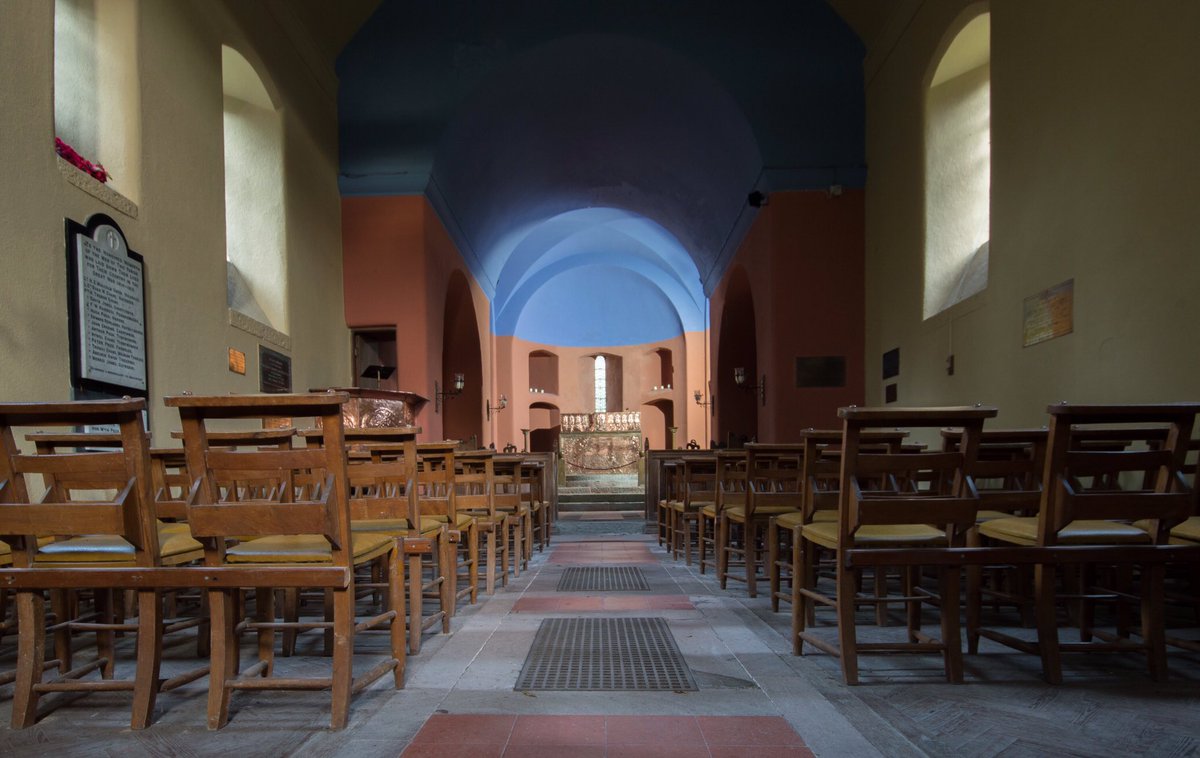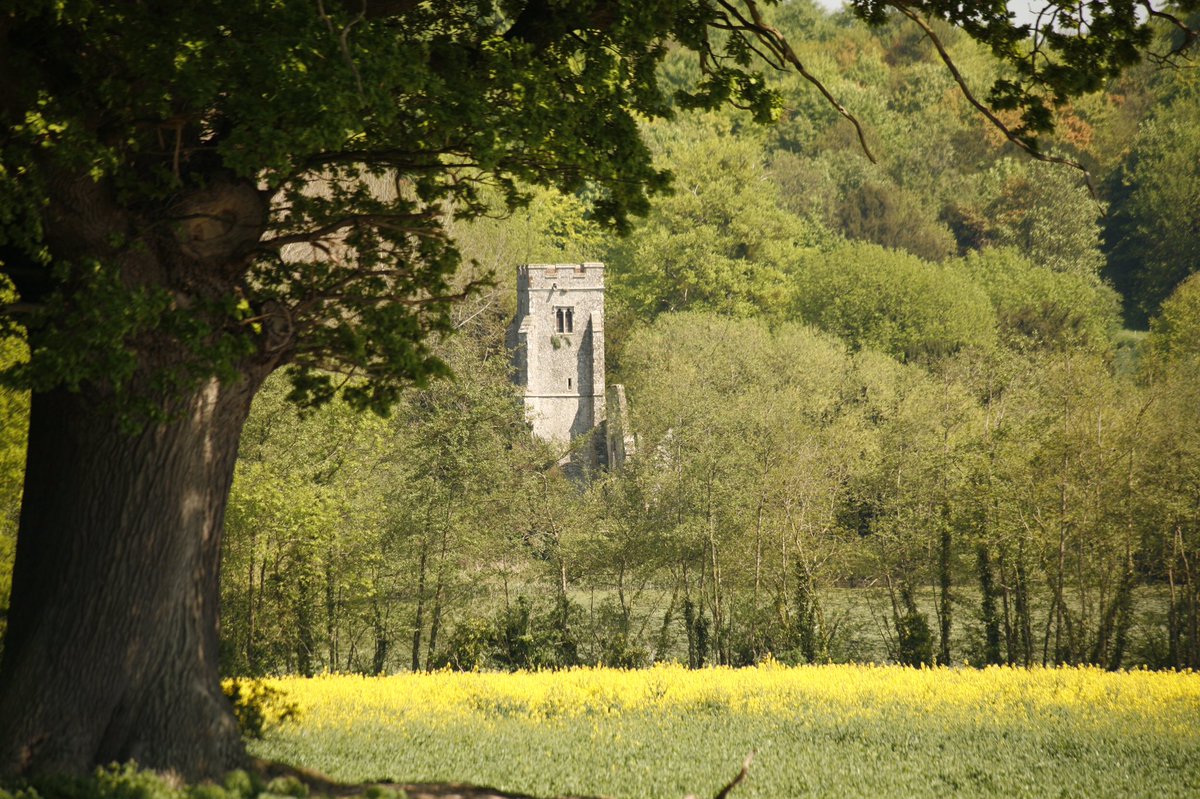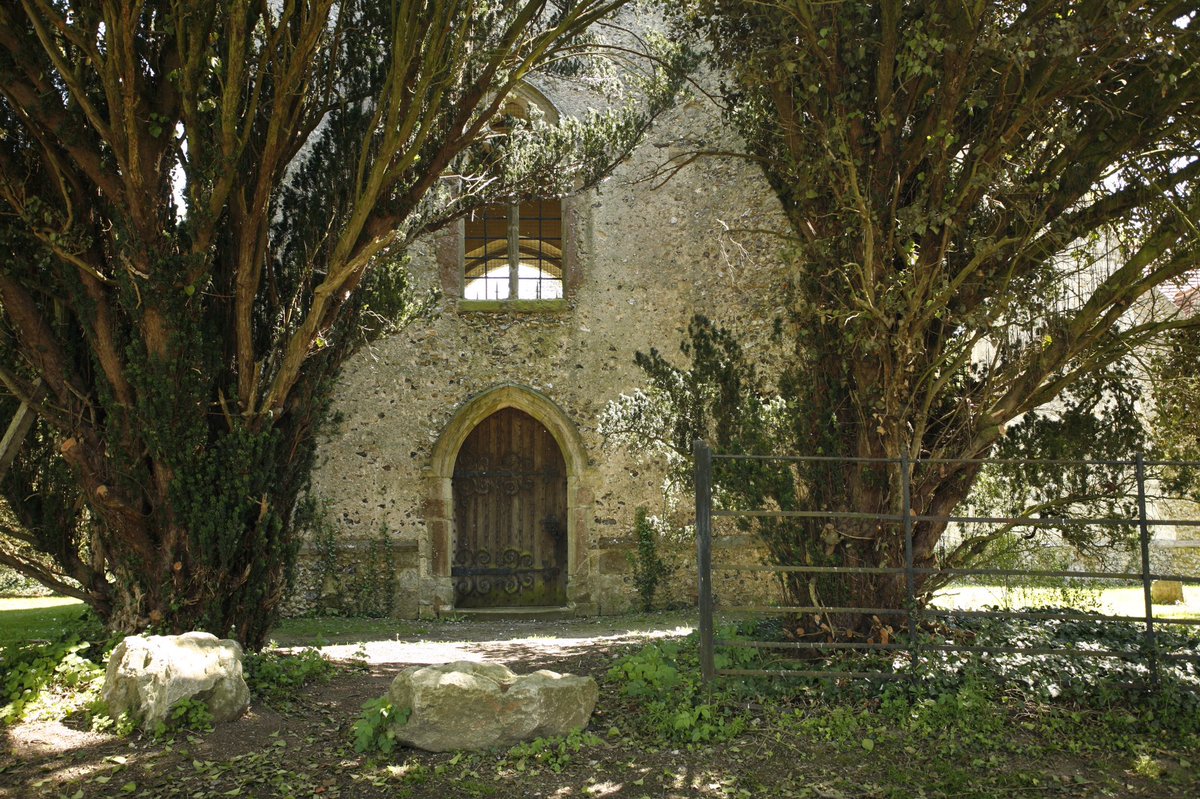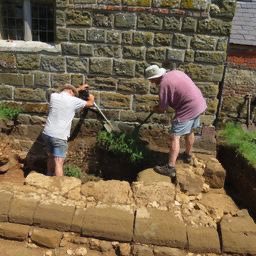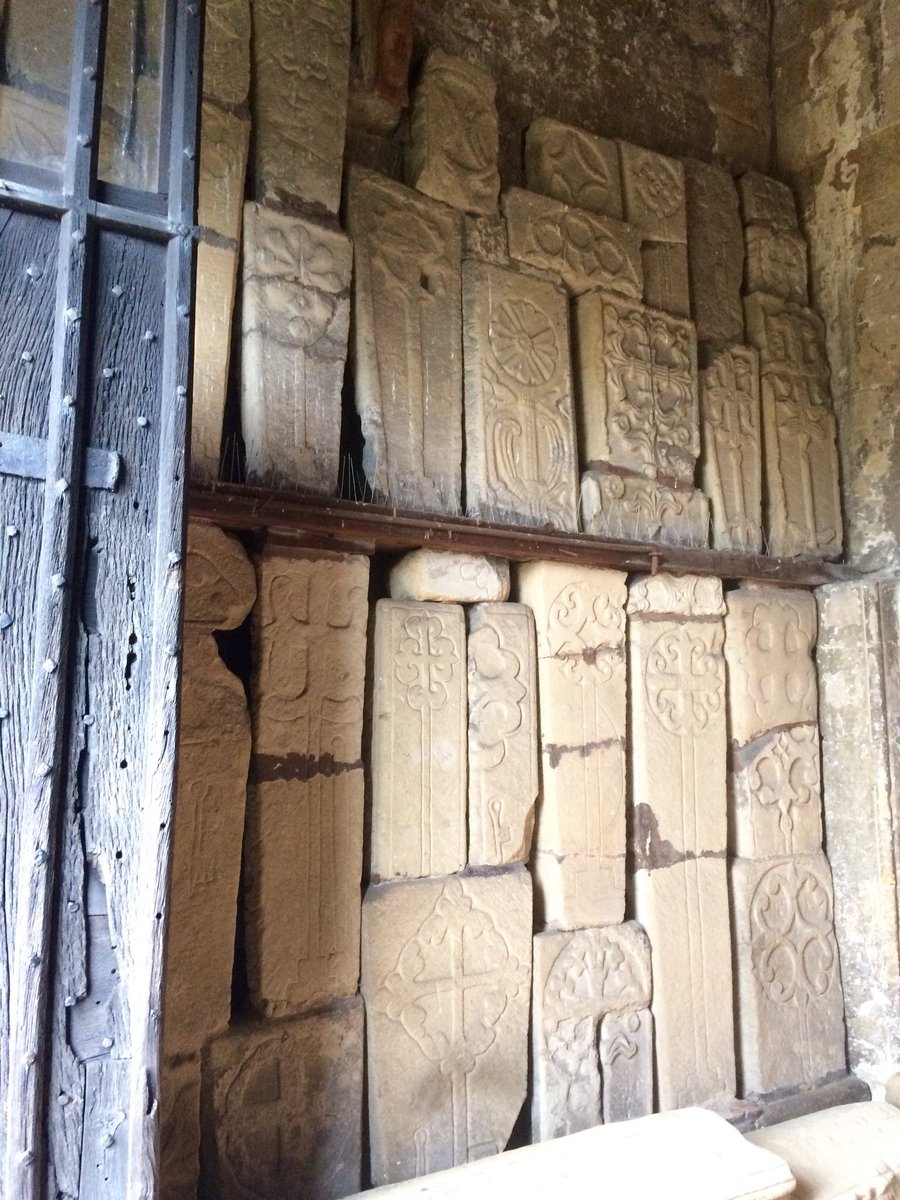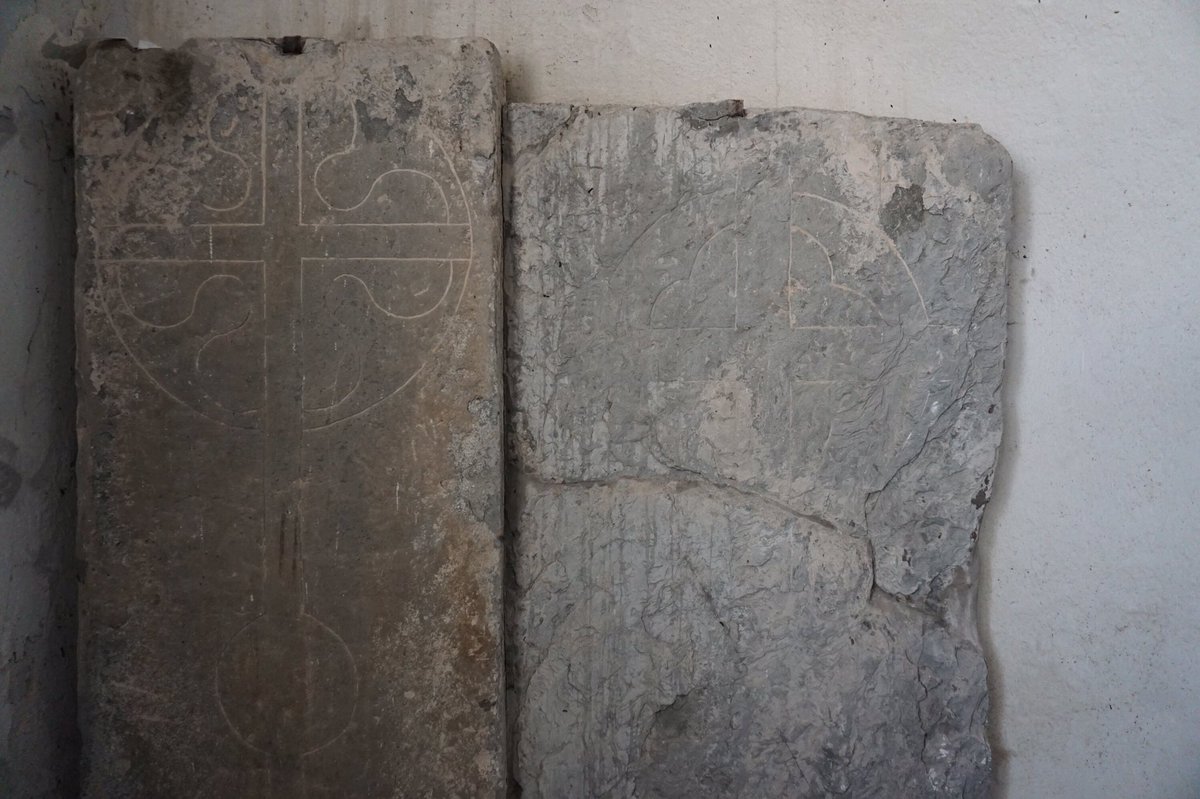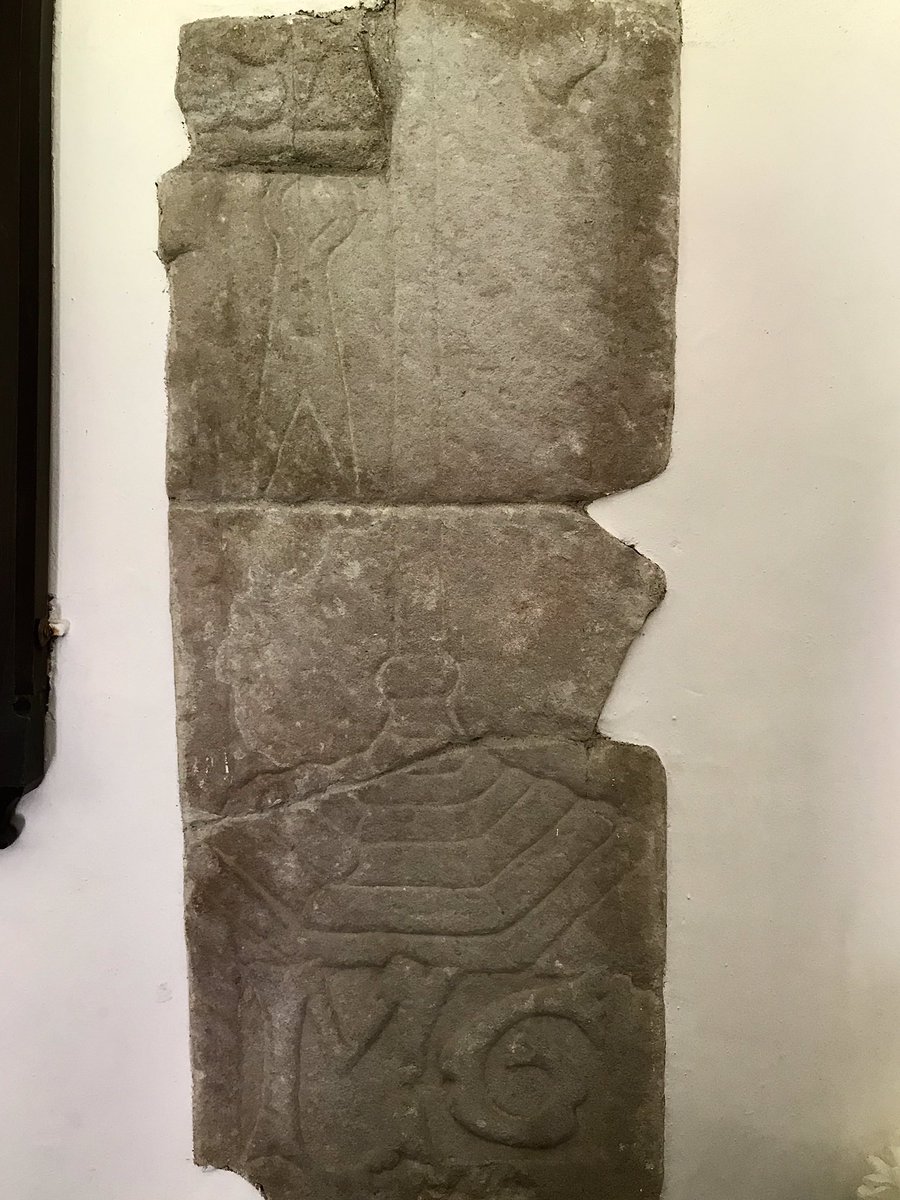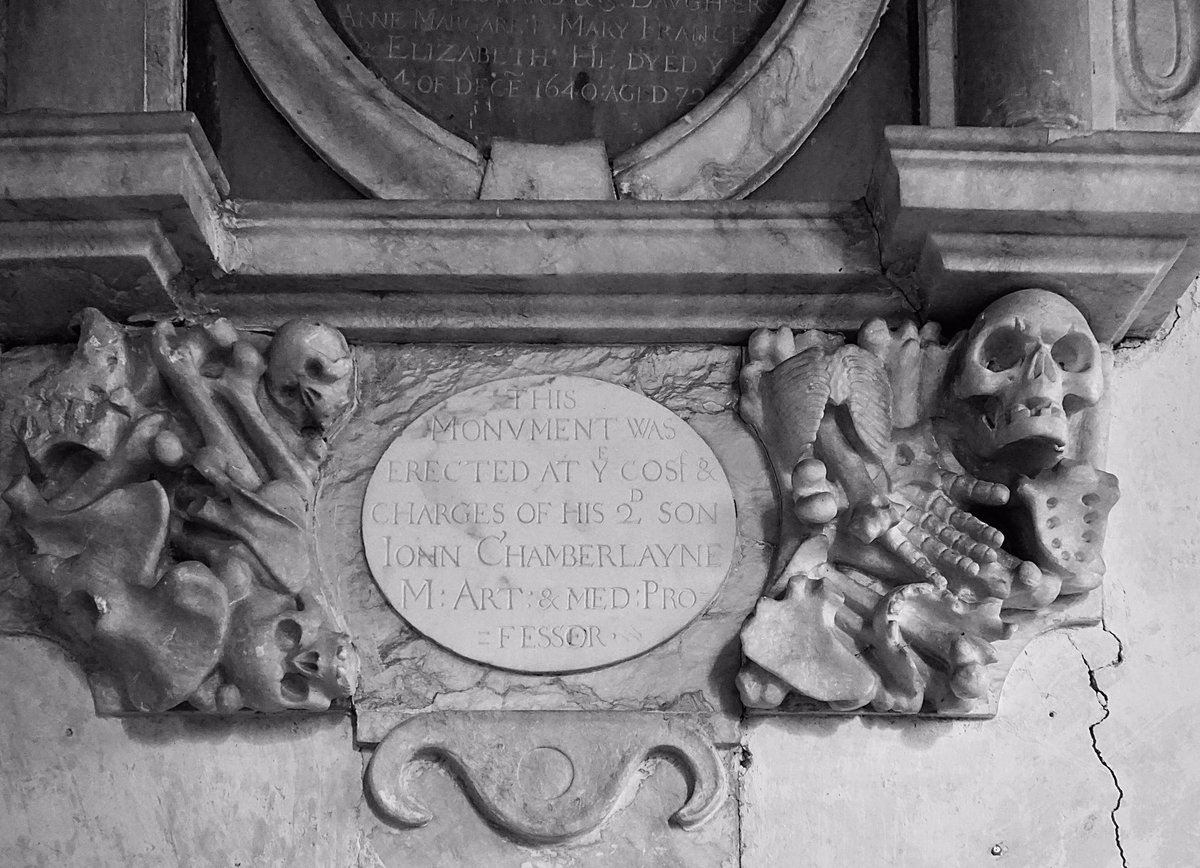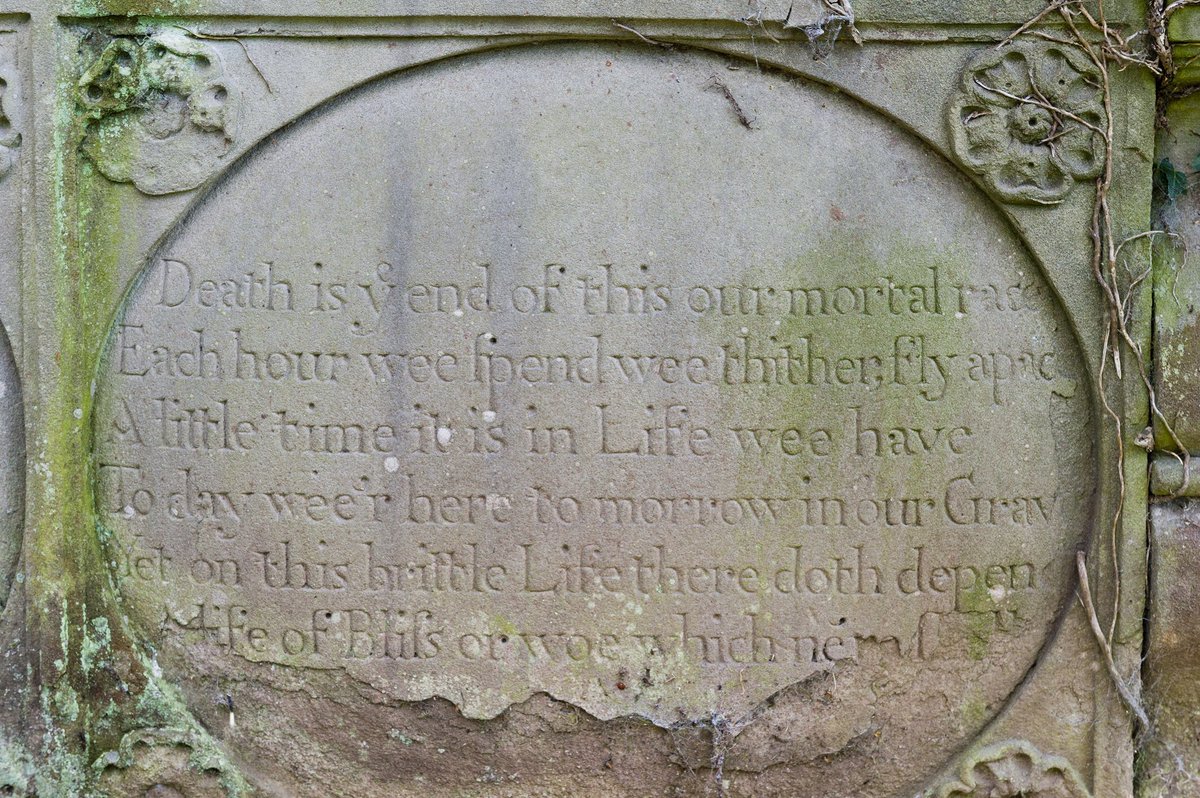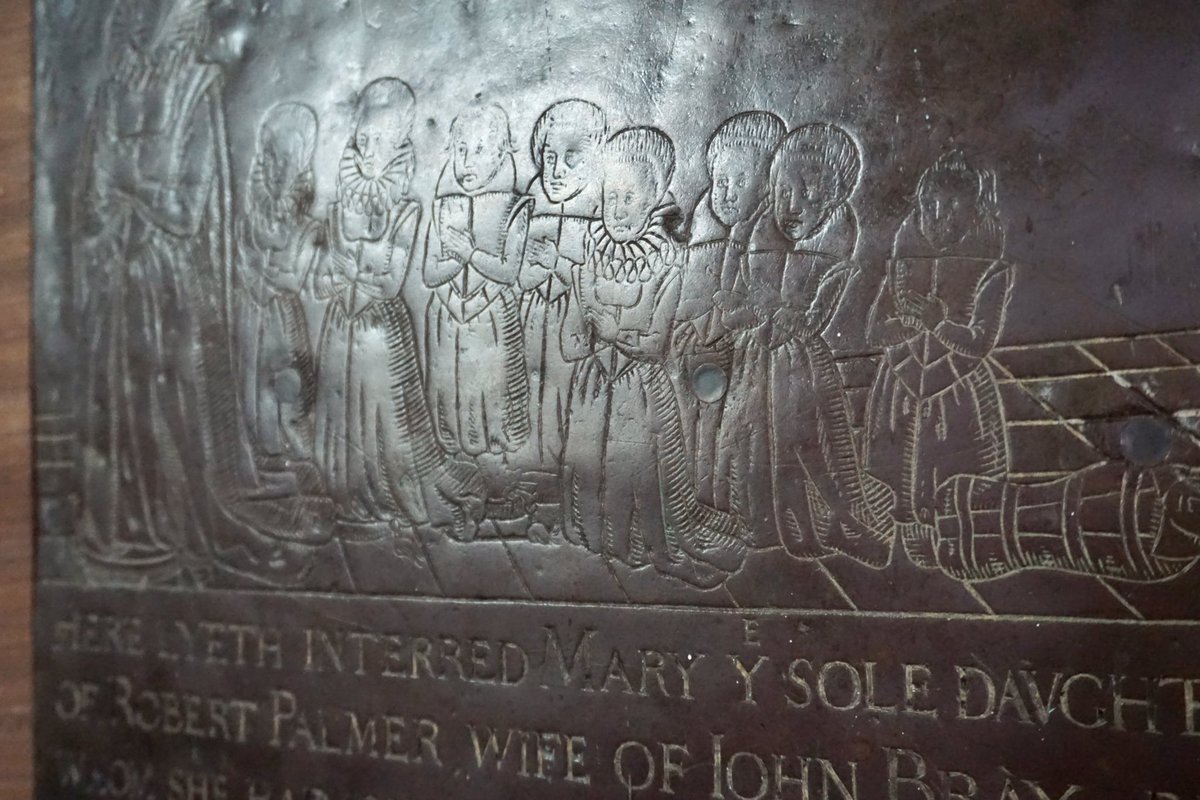
Can you hear the PANCAKE BELL?
Church bells have traditionally been rung on Shrove Tuesday at around 11 am to call people to church, where they could be shriven before the start of Lent. But by the 16th C, this shriving bell was already associated with ...
Church bells have traditionally been rung on Shrove Tuesday at around 11 am to call people to church, where they could be shriven before the start of Lent. But by the 16th C, this shriving bell was already associated with ...
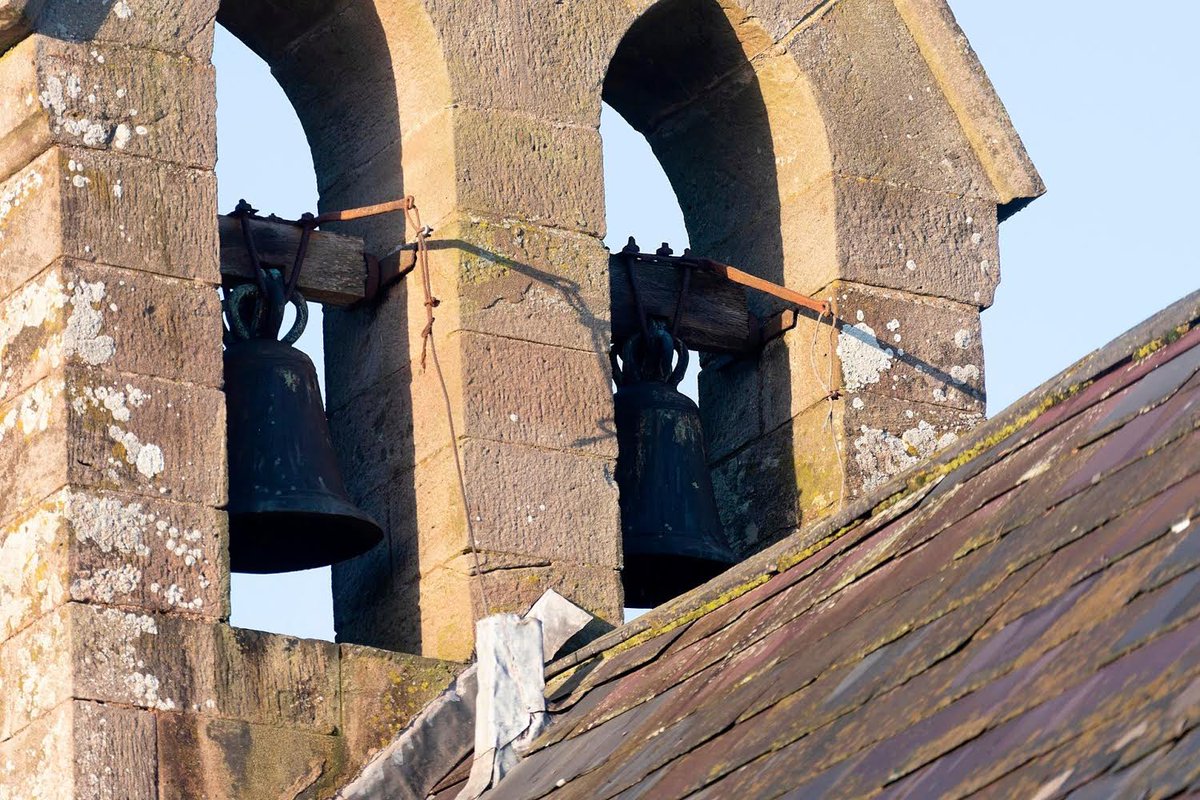
... the delicious sights, smells and tastes of pancakes hissing and sizzling on a griddle over the fire, as people used up the last of their eggs and fats before 40 days of fasting. 
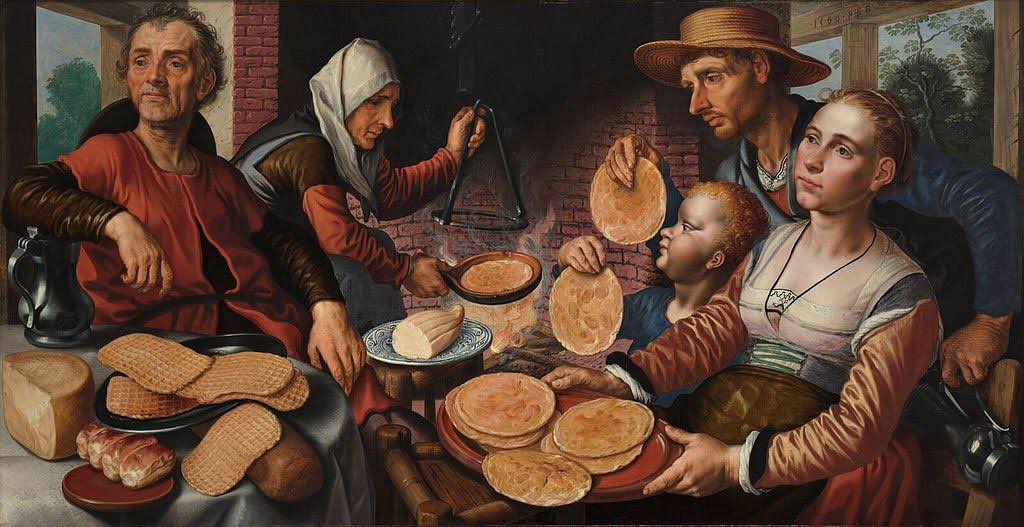
In 1620, popular poet and waterman John Taylor wrote about the powerful Pavlovian effects of the pancake bell:
“by that time the clock strikes eleven, which (by the help of a knavish sexton) is commonly before nine, then there is a bell rung, cal'd pancake-bell, the sound whereof makes thousands of people distracted, and forgetful either of manners or humanity." 
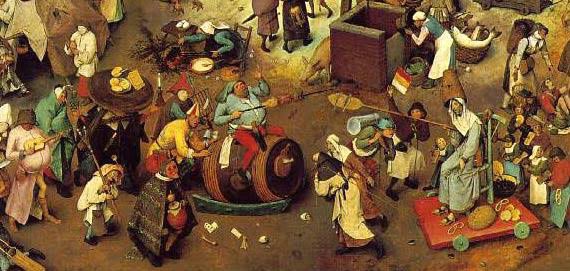
Enjoy your pancakes, and let the good times roll! 🥞
#pancakeday
📷 St Michael & All Angels, Gwernesney @fotofacade
🎨Pieter Aertszen: The Pancake Bakery, c1508 (public domain)
🎨 Pieter Bruegel the Elder: The Fight between Carnival and Lent (detail), 1559 (public domain)
#pancakeday
📷 St Michael & All Angels, Gwernesney @fotofacade
🎨Pieter Aertszen: The Pancake Bakery, c1508 (public domain)
🎨 Pieter Bruegel the Elder: The Fight between Carnival and Lent (detail), 1559 (public domain)
• • •
Missing some Tweet in this thread? You can try to
force a refresh

